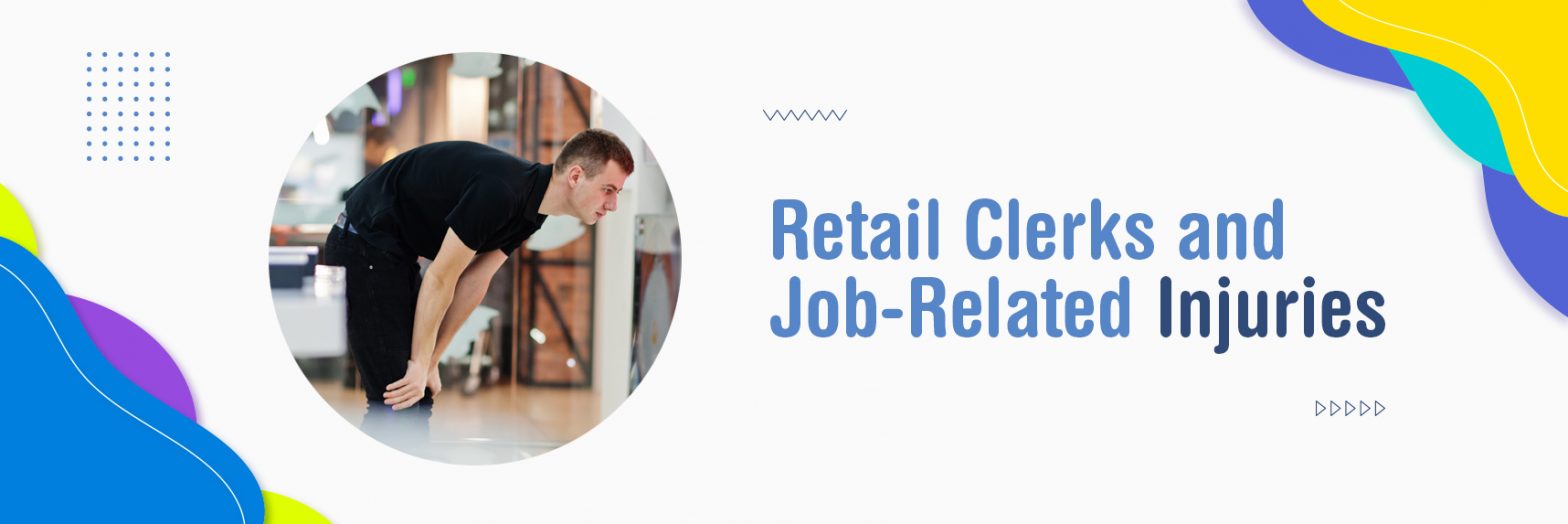A Hidden Danger
Retail work may not seem hazardous, but it can be. Musculoskeletal disorders (MSDs) are among the most common injuries for retail clerks, including those working as grocery store clerks, cashiers, pharmacy technicians, butchers, etc.
MSDs affect the muscles, nerves, blood vessels, ligaments, and tendons. According to the Department of Labor, MSDs include muscle strains and back injuries, tendinitis, carpal tunnel syndrome, rotator cuff injuries, epicondylitis, trigger finger, and meat cutter’s injuries.
The Bureau of Labor Statistics reports that MSD cases account for 33% of all workplace injuries and are among the most frequently reported causes of lost or restricted work time.
To reduce the number and severity of MSDs, risk management protocols must be in place. The Occupational Safety and Health Administration (OSHA) identifies four common risk factors in retail work: force, repetition, awkward and static postures, and contact stress.
For example, cashiers often suffer from repetitive stress injuries due to scanners that require repetitive motions, leading to carpal tunnel syndrome, nerve damage and other repetitive stress injuries. Data collected by the federal Bureau of Labor Statistics show that cashiers flick their wrists back and forth up to 600 times per hour. And in an eight-hour shift, a cashier handles about 6,000 pounds of groceries, often repeating the motion if the scanner doesn’t immediately read the bar code.
Stockers and packers also face repetitive stress injuries due to the constant stocking and packing of shelves, as well as manual movement of heavy loads. Mechanical lifting aids and movable carts can help, but they are not always available.
Workplace equipment, such as saws, grinders, slicers, and knives used by meat cutters and delicatessen workers, can also cause injuries if not used properly or if they are not in good working order.
Stress is another major source of workplace injuries or illnesses for retail clerks. The potential for violence is a concern, with 91% of grocery store fatalities resulting from assaults or violent acts, mostly homicides. In 78% of the homicide cases, robbery was the motive.
Shift work can also affect one’s health, leading to a variety of conditions, such as cardiovascular disease, diabetes, gastrointestinal problems, and obesity. This condition is known as Shift Work Disorder (SWD).
Workplace injuries can be specific, such as falling off a ladder or slipping on a wet floor, but they can also be cumulative, occurring over time, such as carpal tunnel syndrome. It is crucial for retail clerks to be aware of the risks associated with their job and to take steps to prevent and manage job-related injuries.
It’s important to note that Workers’ Compensation is a no-fault system and an injured worker is not suing their employer, but rather making a claim for benefits. Each claim is unique and results cannot be guaranteed.




